Filter by
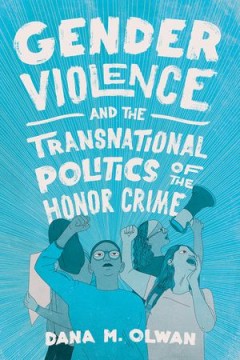
Gender Violence and the Transnational Politics of the Honor Crime
In Gender Violence and the Transnational Politics of the Honor Crime, Dana M. Olwan examines how certain forms of violence become known, recognized, and contested across multiple geopolitical contexts—looking specifically at a particular form of gender-based violence known as the “honor crime” and tracing how a range of legal, political, and literary texts inform normative and critical un…
- Edition
- -
- ISBN/ISSN
- 9780814214664
- Collation
- -
- Series Title
- -
- Call Number
- 362 OLW g
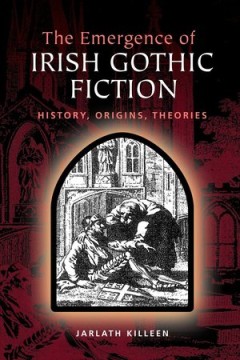
The Emergence of Irish Gothic Fiction : Histories, Origins, Theories
Provides a new account of the emergence of Irish gothic fiction in mid-eighteenth century. This book provides a robustly theorised and thoroughly historicised account of the "beginnings" of Irish gothic fiction, maps the theoretical terrain covered by other critics, and puts forward a new history of the emergence of the genre in Ireland. The main argument the book makes is that the Irish gothic…
- Edition
- -
- ISBN/ISSN
- 9780748690817
- Collation
- 248 halaman
- Series Title
- -
- Call Number
- 800 KIL e
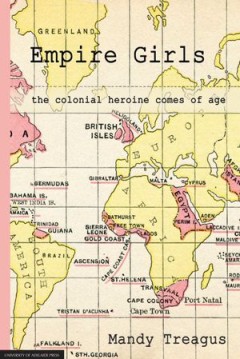
Empire Girls : The Colonial Heroine Comes of Age
Empire Girls: the colonial heroine comes of age is a critical examination of three novels by writers from different regions of the British Empire: Olive Schreiner’s The Story of An African Farm (South Africa), Sara Jeannette Duncan’s A Daughter of Today (Canada) and Henry Handel Richardson’s The Getting of Wisdom (Australia). All three novels commence as conventional Bildungsromane, yet t…
- Edition
- -
- ISBN/ISSN
- 9781922064554
- Collation
- -
- Series Title
- -
- Call Number
- 800 TRE e
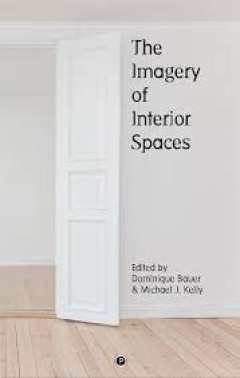
The Imagery of Interior Spaces
On the unstable boundaries between “interior” and “exterior,” “private” and “public,” and always in some way relating to a “beyond,” the imagery of interior space in literature reveals itself as an often disruptive code of subjectivity and of modernity. The wide variety of interior spaces elicited in literature — from the odd room over the womb, secluded parks, and train c…
- Edition
- -
- ISBN/ISSN
- 9781950192199
- Collation
- -
- Series Title
- -
- Call Number
- 800 IMA

Image, Knife, and Gluepot : Early Assemblage in Manuscript and Print
"In this ingenious study, Kathryn Rudy takes the reader on a journey to trace the birth, life and afterlife of a Netherlandish book of hours made in 1500. Image, Knife, and Gluepot painstakingly reconstructs the process by which this manuscript was created and discusses its significance as a text at the forefront of fifteenth-century book production, when the invention of mechanically-produced …
- Edition
- -
- ISBN/ISSN
- 9781783745180
- Collation
- 366 halaman
- Series Title
- -
- Call Number
- 800 RUD i

The Ideologies of Lived Space in Literary Texts : Ancient and Modern
In a brief essay called Des espaces autres (1984) Michel Foucault announced that after the nineteenth century, which was dominated by a historical outlook, the current century might rather be the century of space. His prophecy has been fulfilled: the end of the twentieth century witnessed a ‘spatial turn’ in humanities which was perhaps partly due to the globalisation of our modern world. I…
- Edition
- -
- ISBN/ISSN
- 9789038221021
- Collation
- -
- Series Title
- -
- Call Number
- 800 HEI i
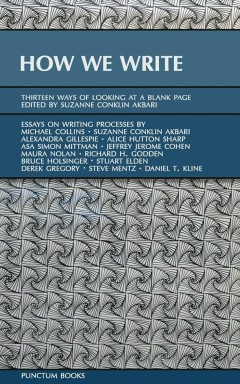
How We Write : Thirteen Ways of Looking At a Blank Page
The contributors range from graduate students and recent PhDs to senior scholars working in the fields of medieval studies, art history, English literature, poetics, early modern studies, musicology, and geography. All are engaged in academic writing, but some of the contributors also publish in other genres, includes poetry and fiction. Several contributors maintain a very active online presen…
- Edition
- -
- ISBN/ISSN
- 9780692519332
- Collation
- 182 halaman
- Series Title
- -
- Call Number
- 800 AKB h

Human Minds and Animal Stories : How Narratives Make Us Care About Other Species
The power of stories to raise our concern for animals has been postulated throughout history by countless scholars, activists, and writers, including such greats as Thomas Hardy and Leo Tolstoy. This is the first book to investigate that power and explain the psychological and cultural mechanisms behind it. It does so by presenting the results of an experimental project that involved thousands …
- Edition
- -
- ISBN/ISSN
- 9780429590054
- Collation
- 200 halaman
- Series Title
- -
- Call Number
- 800 MAL h
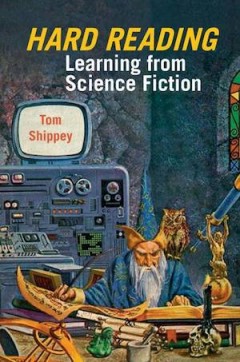
Hard Reading : Learning from Science Fiction
The fifteen essays collected in Hard Reading argue that science fiction has its own internal rhetoric, relying on devices such as neologism, dialogism, semantic shifts, the use of unreliable narrators. It is a “high-informationâ€_x009d_ genre which does not follow the Flaubertian ideal of le mot juste, “the right wordâ€_x009d_, preferring le mot imprévisible, “the unp…
- Edition
- -
- ISBN/ISSN
- 9781781382615
- Collation
- -
- Series Title
- Liverpool Science Fiction Texts and Studies
- Call Number
- 800 SHI h

Greenwor(l)ds : Ecocritical Readings of Canadian Women's Poetry
Greenwor(l)ds rewrites the literary history of Canada from a feminist ecological perspective through a series of essays that examine the lives and work of nine women poets. Using insights from fields of knowledge as disparate as history and biology, physics and philosophy, psychoanalysis and communications studies, these essays reflect the transdisciplinary character of women’s studies genera…
- Edition
- -
- ISBN/ISSN
- 9781552386651
- Collation
- -
- Series Title
- -
- Call Number
- 800 REL g
 Computer Science, Information & General Works
Computer Science, Information & General Works  Philosophy & Psychology
Philosophy & Psychology  Religion
Religion  Social Sciences
Social Sciences  Language
Language  Pure Science
Pure Science  Applied Sciences
Applied Sciences  Art & Recreation
Art & Recreation  Literature
Literature  History & Geography
History & Geography